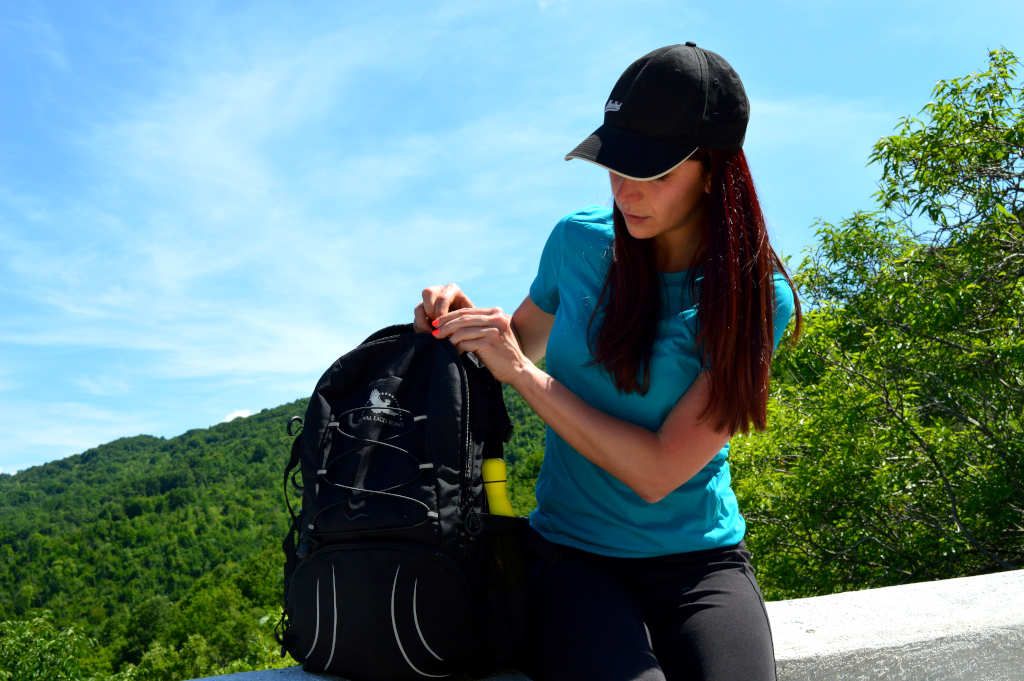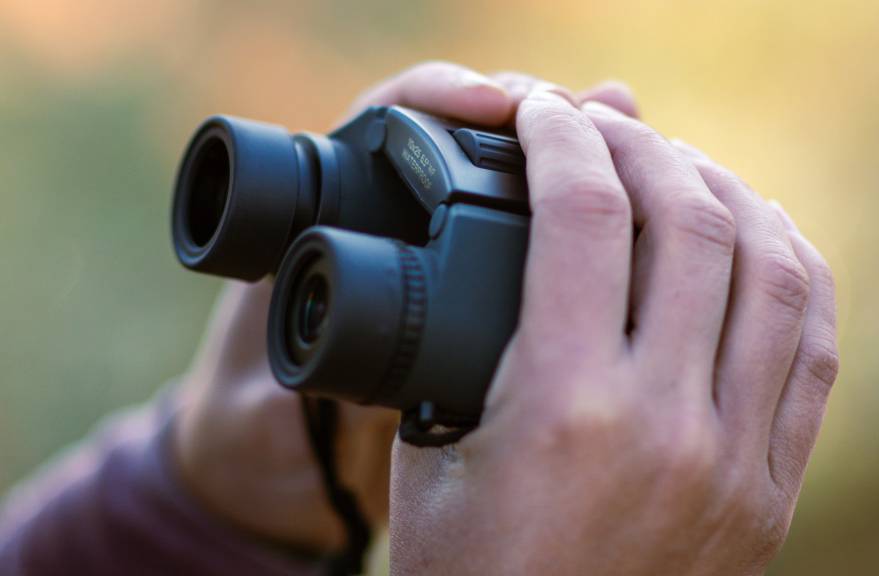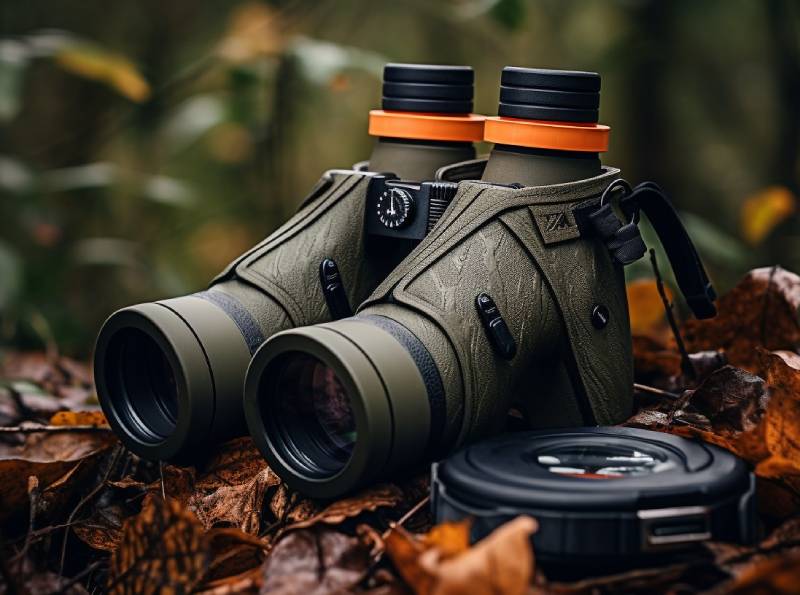- Quality of materials
- Use
- Care and maintenance
The quality of the materials is a factor that is related to the production process and the producer communicates to consumers with transparency.
The proper or improper use of the product depends on the consumer and the manufacturer can only suggest the best practices and give instructions.
Care and maintenance also depend on the consumer and are closely related to the concept of use.
To ensure a longer-lasting performance and extend the life cycle of Royal Eagle Road backpacks, we have created a guide on care and cleaning. Listed below are the tips on how to take care of your backpacks, wash them and ensure optimal condition even after years of use.

CARE AFTER EVERY USE
Our backpacks, which can be used for both trekking and travel, are made as follows:
PU + 600D PU ripstop polyester and 210D polyester lining.
PU + 600 D PU ripstop polyester with 210 D polyester lining. Rain cover: 2000mm water repellent 190T fabric
Dobby PU + 600 D PU ripstop polyester with PU 210 D polyester lining. Rain cover: 2000mm water repellent 190T fabric
After every trip or excursion, before storing your backpack, make sure it is clean and dry. If it is damp, let it air dry and keep it out of direct sunlight. Loosen all the straps to prevent them from folding over time.
To ensure the correct functioning of the zippers, clean them occasionally with a soft brush (alternatively you can also use a toothbrush), mild soap and lukewarm water. Clean the zippers carefully if they are dusty.
Our backpacks are treated to be waterproof, this means that frequent and prolonged washing could alter the water-repellent properties. For regular cleaning, if the backpack is not excessively dirty, clean it with a damp cloth and make it dry in the air. Wash the backpack only when strictly necessary.
HOW TO WASH OUR BACKPACKS
If the backpack is particularly dirty, sweat, salt water and stains have penetrated inside the fabrics, follow the instructions for handwashing:
1. Remove content and equipment from the backpack and make sure that there are no crumbs, soil, sand and dirt inside.
2. Remove excess dust with a damp cloth so as not to dirty the water during washing.
3. Pull down all the zippers to clean more thoroughly and in the case of the Himalaya 65liter backpack, remove the frame, the backsystem and the hip belt.
Hip belt pocket. Featured backpack Himalaya 65 liters
4. In Santiago 45 liter as well as in Himalaya 65 liter, take out the rain cover stored in the bottom pocket and wash it with the same care you use for the backpack.
5. Always check the washing label sewn inside.
6. Do not wash backpacks by machine because it would damage the fabric as well as the back system made of EVA foam. Rather immerse the backpack in the bathtub, or any type of sink, using lukewarm water and mild soap. Make sure that the water is not hot because it could lead to fabric color fading.
7. Shake the backpack gently and use a soft brush to scrub inside and outside of all compartments and pockets. Don’t forget to brush the zippers to remove dust and dirt.
8. Rinse the backpack with cold water and make sure there are no traces of soap left inside the compartments, pockets and on any surface.
9. Do not bleach as it will damage and discolor fabrics.
10. To prevent the zippers from breaking, do not wring the backpack.
U-shaped zipper pulls for easier opening
11. Hang your backpack in a well-ventilated area out of direct sunlight, hang it upside down with all the zippers open to drain more easily. Leave the backpack to air dry and do not use the tumble dryer.
12. Make sure it is completely dry before storing it.
Regular care and small attention can keep the backpack in excellent condition even after years of use.
Royal Eagle Road
Posts you may like:






